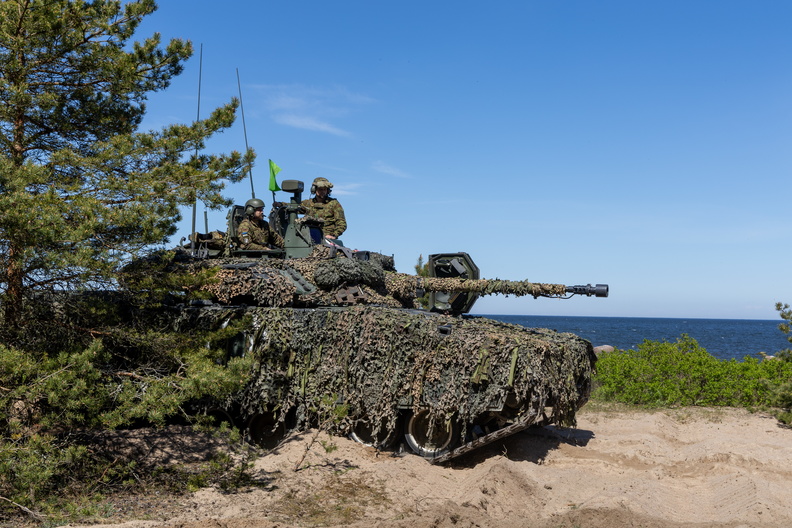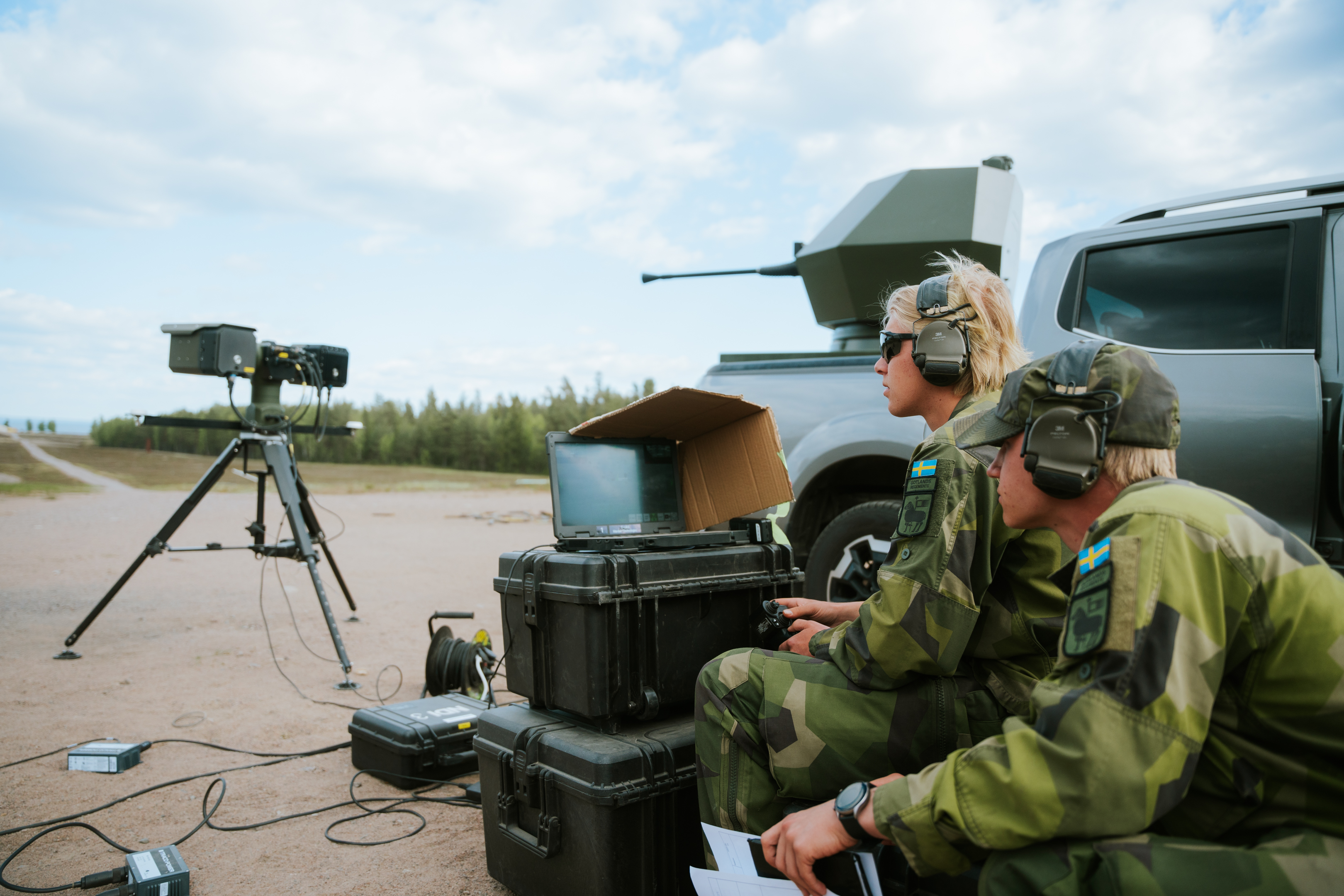
Marduk at DiBaX 2025 – Strengthening NATO’s Digital Backbone with Passive Optical CUAS
2 min readMarduk took part in NATO’s DiBaX 2025 in Latvia, showcasing our passive optical C-UAS technology.
RUTJA, Estonia — 20 May 2025
During the live-fire phase of the Estonian Defence Forces' largest military exercise, “Siil 2025” (Hedgehog 2025), a major technological milestone was achieved in the realm of counter-unmanned aerial systems (C-UAS). On 20 May 2025, at the Rutja coastal training area in northern Estonia, the Scouts Battalion, in cooperation with Estonian defence company Marduk Technologies, successfully field-tested the Piraya passive drone detection and targeting system, integrated atop a CV90 infantry fighting vehicle.
This marked the first time the Piraya system was used in a live-fire setting integrated with the CV90’s turret. The integration was successful - 6 quadcopters were detected, tracked, and brought down with precision including one that was successfully engaged from a range of two kilometers. In addition, several larger fixed-wing model aircraft, acting as more advanced aerial targets, were also successfully neutralized.
All targets were engaged using the CV90’s 35 mm Bushmaster III autocannon, demonstrating the system’s capability to hand off passive detections directly to the vehicle’s weapon operator for fast and accurate engagements.
The demonstration was observed by Major General Andrus Merilo, Commander of the Estonian Defence Forces, along with delegations from multiple allied nations’ defence attaché corps.
“It’s impressive that such a small target can be destroyed with essentially a single shot from a long distance,” said Major General Andrus Merilo, Commander of the Estonian Defence Forces. “We can clearly see that the CV9035, already a highly capable vehicle, becomes even more effective with the addition of the right technical enhancements. We must deepen our collaboration with Estonia’s defence industry to identify and develop those solutions that help us become more effective on the battlefield.”
The Piraya system utilizes passive electro-optical detection methods, allowing it to track and target drones without emitting any signals, which is a major advantage in contested electronic warfare environments. This technological capability, developed domestically in Estonia, significantly enhances force protection and battlefield survivability.
According to the test’s lead NCO, Warrant Officer Madis Lohu of the Scouts Battalion, the system actively scans its assigned sector for anomalies that resemble airborne objects:
“One major advantage of Marduk’s system is that it doesn’t emit anything—it doesn’t put its operators at risk. It continuously monitors its field of view and flags potential aerial targets. Once confirmed, the Marduk system locks on and feeds real-time targeting data into the vehicle’s existing fire-control setup,” explained Warrant Officer Lohu. “Despite long ranges, strong winds, and variable weather, we brought down every aerial target. The live-fire trial allowed us to evaluate the system under real conditions—and the results were excellent.”
The event showcased Estonia’s growing capability to not only deploy modern military hardware but also to innovate and integrate advanced systems that meet evolving battlefield challenges—particularly in the rapidly expanding area of drone threats.


Marduk took part in NATO’s DiBaX 2025 in Latvia, showcasing our passive optical C-UAS technology.

Marduk Technologies signs MoU with Hanwha Aerospace at ADEX 2025 to advance C-UAS technologies and explore joint defence R&D opportunities.

Marduk Technologies recently showcased its SHARK system at Sweden’s GUTE C-UAS trials on Gotland, demonstrating advanced passive drone detection and targeting in real-world conditions.